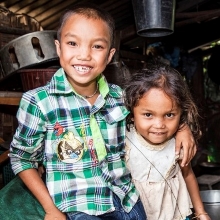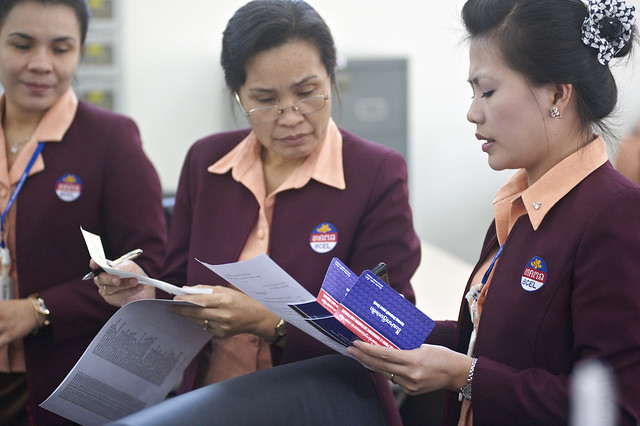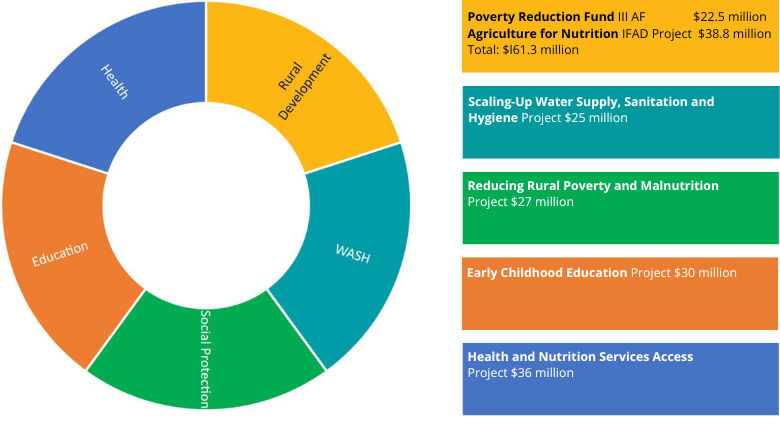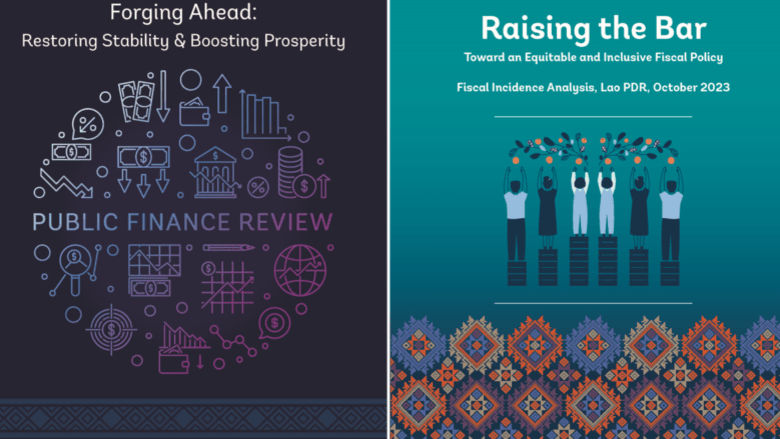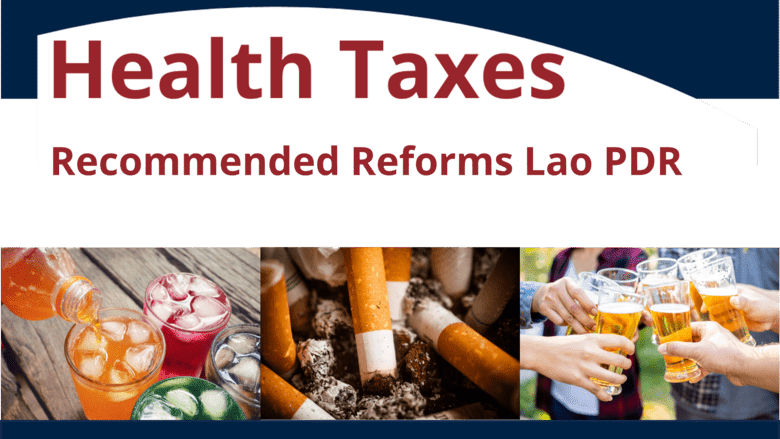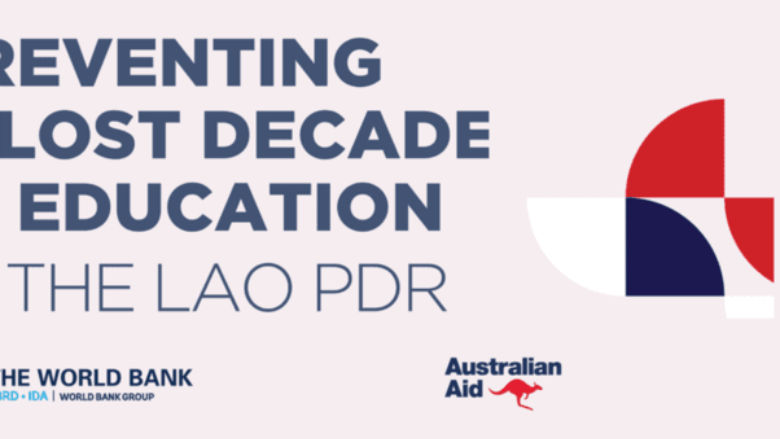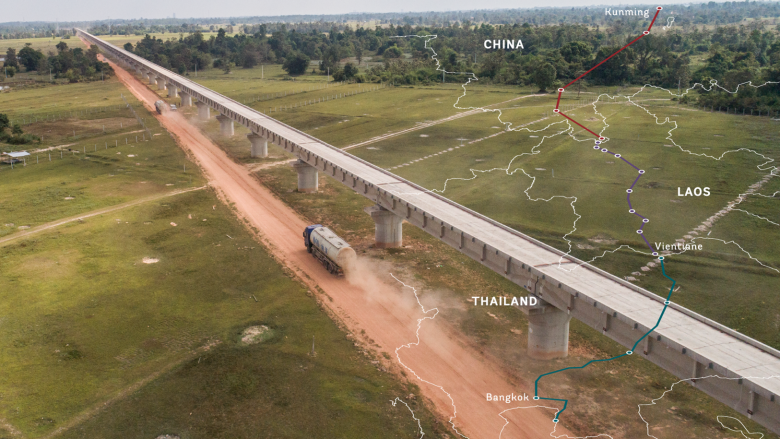The Lao PDR’s economic situation remains difficult, marked by persistently high inflation, currency depreciation, and slow growth. Tourism, transport and logistics, and investment in the energy sector have shown signs of recovery in 2024, but economic growth remains below pre-COVID-19 levels, primarily due to protracted macroeconomic instability and external factors.
Between July 2023 and June 2024 the kip depreciated by 14% against the US dollar in the official market and by 29% in the parallel market, leading to inflation. The year-on-year inflation rate reached 24% in May 2022 and has remained in double digits since, recorded at 24% again in August 2024. This prolonged period of high inflation has changed the labor market, with external migration increasing, mainly to Thailand and workers quitting wage employment for farming and the informal sector. Inflation has also eroded household living standards and undermined human capital development. Poorer people have been the worst hit and progress on poverty reduction is estimated to have stalled.
Large public debt and weak public revenues are driving inflation, exacerbating long-standing structural vulnerabilities. Before 2013, Laos’ rapid growth came mainly from large-scale investments in mining and hydropower, which failed to support job creation and in some cases have imposed considerable environmental costs. Public investment in the power sector has been financed mostly by external debt, often on commercial terms, gradually jeopardizing macroeconomic stability.
The gradual economic slowdown seen since 2012 has become more pronounced. Structural challenges, macroeconomic instability, and a deteriorating external environment have curtailed recovery from the COVID-19 era, with growth recorded at 2.7% for 2022 and estimated at 3.7% for 2023. The improved performance was largely due to recovery in the services sector. Economic growth is forecast to pick up to 4% in 2024, though the outlook remains subject to high economic uncertainty. Tighter monetary and fiscal policies and renewed efforts to enforce foreign exchange restrictions have had little impact in restoring macroeconomic stability. Limited foreign exchange liquidity, and hence a weaker kip, put pressure on external public debt servicing, which constrains fiscal space.
Economic instability and challenges in social services mean that Laos is in danger of losing gains previously made in poverty eradication, education, nutritional status, and other human development indicators. Structural reforms are needed to stabilize the economic situation and support more inclusive growth. A child born in Laos today will only be half as productive as she could be if she enjoyed full health and education. Malnutrition continues to be a critical issue affecting people’s physical and cognitive development, with stunting affecting over 30% of children under five. The maternal mortality rate is also high, recorded at 185 per 100,000 births in 2017. Malnutrition is likely to have increased during the pandemic while there has been a significant fall in school attendance since 2022, possibly because of the pressure from inflation upon household living standards.
Last Updated: Oct 04, 2024



